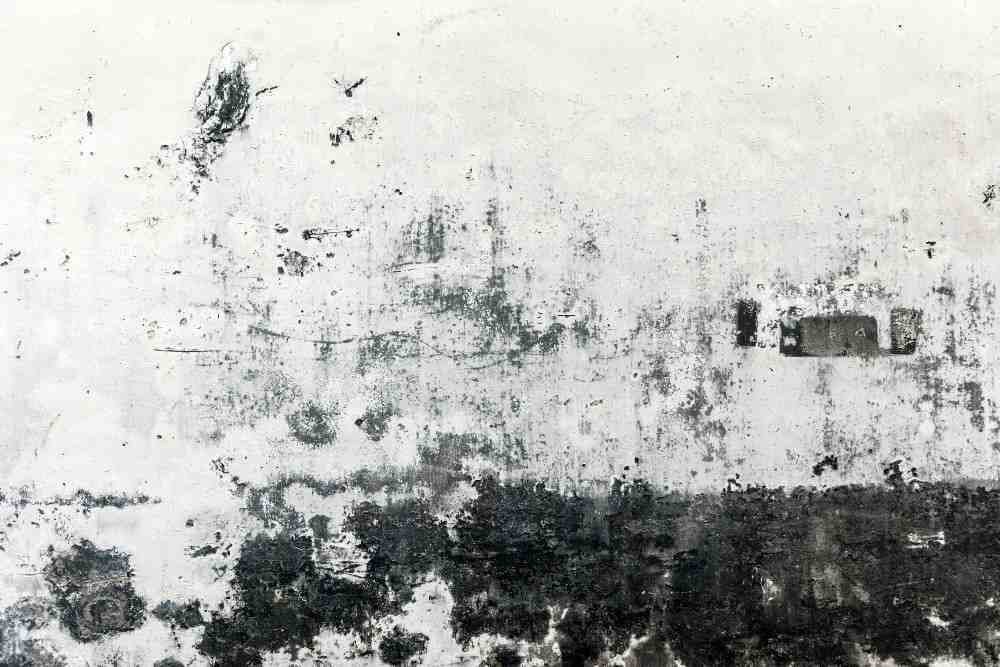Taking care of our homes is something we all make a priority. One of the things that may be missing from your to-do list, however, is checking for mold on the walls. The mold may be growing in your walls away from where you can see and affecting the health of your family and the quality of your home.
Clean Off Mold on the Walls that are Non-Porous
One of the most common questions we receive from customers is what products we recommend for mold removal. It is NOT bleach. Remember, bleach does not kill mold, it only bleaches the color of it! With some simple household products, supplies, and elbow grease. You can be well on your way to solving your mold problem.
Supplies Needed for DIY Mold Removal
- Bucket of hot water
- Cleaning Agents we recommend: dishwashing liquid, vinegar or a combination of hydrogen peroxide, baking soda & tea tree oil
- Disposable cloths or paper towels
- Rubber gloves
- Mask
Hard surface, non-porous walls in your home can be cleaned by DIY methods listed above. Make sure to properly ventilate the room after washing the mold and reassess the situation after three days.
Drywall & Porous Surfaces
Drywall and paneling are known to be mold’s favorite food source and these surfaces need to be evaluated by a professional. Mold on porous surfaces like drywall normally are much bigger once the drywall is opened up. Any notion that wiping the mold off of the surface of the drywall will effectively solve the problem is a myth. If you discover mold on a porous surface or you suspect you have hidden mold due to an odor or recent water damage event. You need to have a certified mold professional to assess the damage. Before you attempt to open anything up and risk spreading the mold spores and contaminating the air.
Why A Professional Mold Assessment is Necessary
When you have mold on the walls, it is important to have the situation assessed by a professional. To attempt to solve the problem on your own could prove to be dangerous and even cause mold to spread to other places in your property. Of course, you want to get rid of the mold on the walls. However, you also don’t want mold to spring up in other places. From spores becoming airborne or cross-contamination.
Also, avoid any attempts to remove molded materials prior to a professional’s consult. A professional mold removal professional would be able to use specifically designed tools and methods that will determine the extent of the damage done to your walls in a non-invasive analysis. This is a safe way that will keep your wall intact and keep the mold from becoming airborne.
